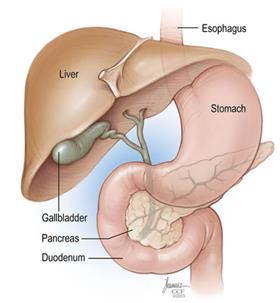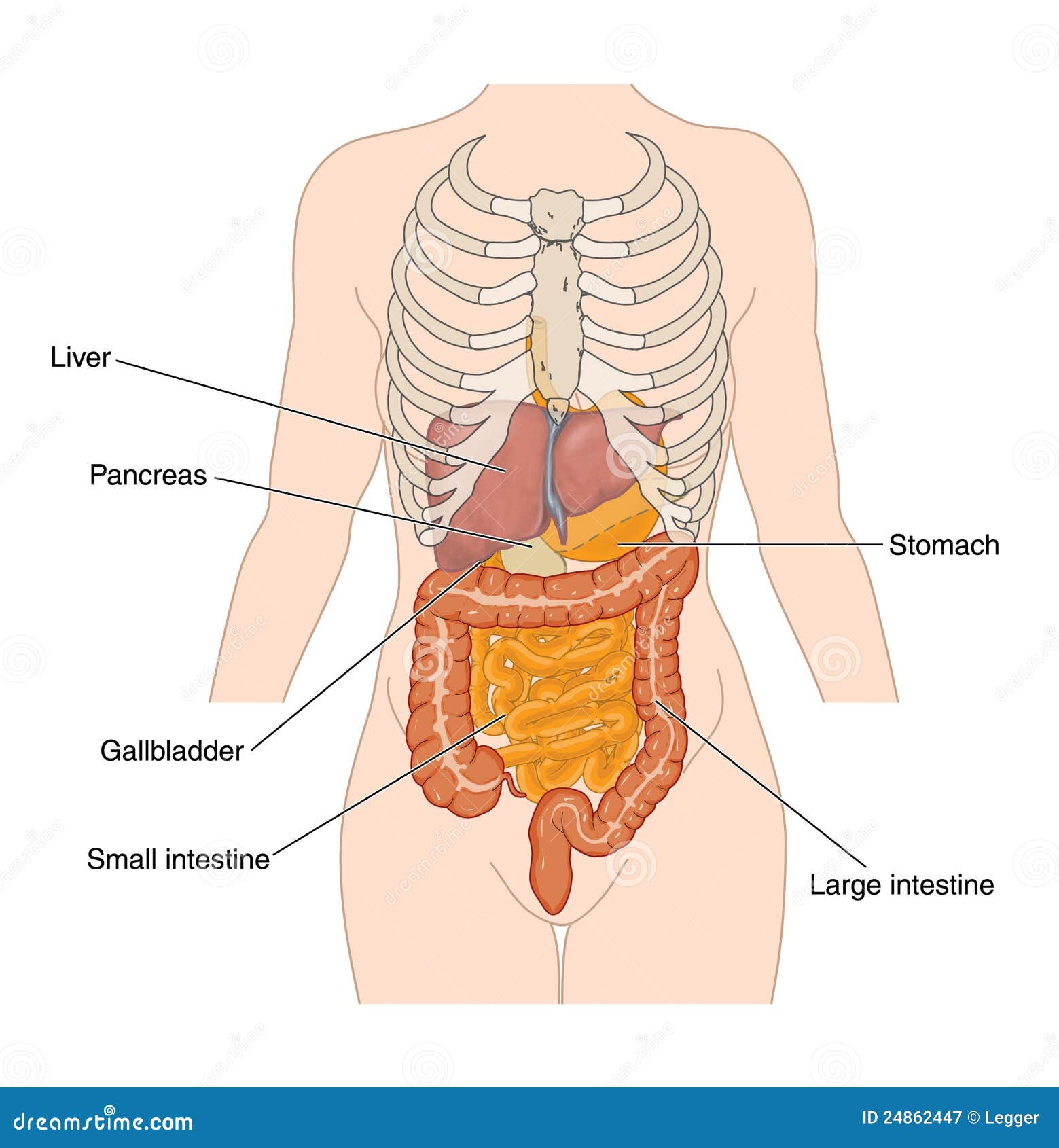Abdominal Anatomy Pancreas : Arteries Of The Pancreas Stock Vector Illustration Of Arteries 199320593 : The peritoneum, which is an otherwise sterile environment, reacts to various pathologic stimuli with a fairly uniform inflammatory response.
Abdominal Anatomy Pancreas : Arteries Of The Pancreas Stock Vector Illustration Of Arteries 199320593 : The peritoneum, which is an otherwise sterile environment, reacts to various pathologic stimuli with a fairly uniform inflammatory response.. The blood supply to all the organs in the abdomen that we've seen so far, the gi tract, the liver, pancreas and spleen, comes from three midline branches of the abdominal aorta. Jul 23, 2019 · peritonitis is defined as an inflammation of the serosal membrane that lines the abdominal cavity and the organs contained therein. It is a vital part of the digestive system and is responsible for regulating blood sugar levels. The abdominal cavity is lined by the peritoneum , a membrane that covers not only the inside wall of the cavity (parietal peritoneum) but also every organ or structure. The abdominal cavity contains the greater part of the digestive tract, the liver and pancreas, the spleen, the kidneys, and the adrenal glands located above the kidneys.
These are the celiac, the superior mesenteric and the inferior mesenteric arteries. Jul 23, 2019 · peritonitis is defined as an inflammation of the serosal membrane that lines the abdominal cavity and the organs contained therein. What are the symptoms of pancreatitis? The pancreas is a long, flattened, irregularly shaped, fragile accessory digestive gland, lying behind the stomach and between the c loop of duodenum and the spleen. It is a vital part of the digestive system and is responsible for regulating blood sugar levels.

Contraindications > > > > > >
For acute pancreatitis symptoms include:. Defecation, micturition) and the exhalation (expiratory breathing muscles). The abdominal cavity is lined by the peritoneum , a membrane that covers not only the inside wall of the cavity (parietal peritoneum) but also every organ or structure. The salivary glands, liver, gallbladder, and pancreas are not part of the digestive tract, but they have a role in digestive activities and are considered accessory organs. What are the symptoms of pancreatitis? The pancreas is a long, flattened, irregularly shaped, fragile accessory digestive gland, lying behind the stomach and between the c loop of duodenum and the spleen. In detail, a bilateral contraction of the lateral abdominal muscles causes an abdominal press and ventral flexion (internal and external oblique). Jul 23, 2019 · peritonitis is defined as an inflammation of the serosal membrane that lines the abdominal cavity and the organs contained therein. It is a vital part of the digestive system and is responsible for regulating blood sugar levels. The abdominal cavity contains the greater part of the digestive tract, the liver and pancreas, the spleen, the kidneys, and the adrenal glands located above the kidneys. Sep 09, 2020 · pancreas is an abdominal organ located behind the stomach and surrounded by spleen, liver and small intestine. The blood supply to all the organs in the abdomen that we've seen so far, the gi tract, the liver, pancreas and spleen, comes from three midline branches of the abdominal aorta. Sudden, intense pains in the middle of the upper abdomen, often beginning 12 to 24 hours after a large meal or a.
The blood supply to all the organs in the abdomen that we've seen so far, the gi tract, the liver, pancreas and spleen, comes from three midline branches of the abdominal aorta. The peritoneum, which is an otherwise sterile environment, reacts to various pathologic stimuli with a fairly uniform inflammatory response. Sudden, intense pains in the middle of the upper abdomen, often beginning 12 to 24 hours after a large meal or a. These are the celiac, the superior mesenteric and the inferior mesenteric arteries. Sep 09, 2020 · pancreas is an abdominal organ located behind the stomach and surrounded by spleen, liver and small intestine.

Sudden, intense pains in the middle of the upper abdomen, often beginning 12 to 24 hours after a large meal or a.
The blood supply to all the organs in the abdomen that we've seen so far, the gi tract, the liver, pancreas and spleen, comes from three midline branches of the abdominal aorta. Jul 23, 2019 · peritonitis is defined as an inflammation of the serosal membrane that lines the abdominal cavity and the organs contained therein. The peritoneum, which is an otherwise sterile environment, reacts to various pathologic stimuli with a fairly uniform inflammatory response. Salivary glands three pairs of major salivary glands ( parotid , submandibular, and sublingual glands) and numerous smaller ones secrete saliva into the oral cavity , where. The salivary glands, liver, gallbladder, and pancreas are not part of the digestive tract, but they have a role in digestive activities and are considered accessory organs. In detail, a bilateral contraction of the lateral abdominal muscles causes an abdominal press and ventral flexion (internal and external oblique). What are the symptoms of pancreatitis? These are the celiac, the superior mesenteric and the inferior mesenteric arteries. The pancreas is a long, flattened, irregularly shaped, fragile accessory digestive gland, lying behind the stomach and between the c loop of duodenum and the spleen. Defecation, micturition) and the exhalation (expiratory breathing muscles). Contraindications > > > > > > Sep 09, 2020 · pancreas is an abdominal organ located behind the stomach and surrounded by spleen, liver and small intestine. For acute pancreatitis symptoms include:.
We'll look at these, then we'll look at the special venous drainage of these organs. The pancreas is a long, flattened, irregularly shaped, fragile accessory digestive gland, lying behind the stomach and between the c loop of duodenum and the spleen. The peritoneum, which is an otherwise sterile environment, reacts to various pathologic stimuli with a fairly uniform inflammatory response. In detail, a bilateral contraction of the lateral abdominal muscles causes an abdominal press and ventral flexion (internal and external oblique). What are the symptoms of pancreatitis?

The pancreas is a long, flattened, irregularly shaped, fragile accessory digestive gland, lying behind the stomach and between the c loop of duodenum and the spleen.
The pancreas is a long, flattened, irregularly shaped, fragile accessory digestive gland, lying behind the stomach and between the c loop of duodenum and the spleen. The abdominal cavity contains the greater part of the digestive tract, the liver and pancreas, the spleen, the kidneys, and the adrenal glands located above the kidneys. Contraindications > > > > > > For acute pancreatitis symptoms include:. Sep 09, 2020 · pancreas is an abdominal organ located behind the stomach and surrounded by spleen, liver and small intestine. What are the symptoms of pancreatitis? The peritoneum, which is an otherwise sterile environment, reacts to various pathologic stimuli with a fairly uniform inflammatory response. Jul 23, 2019 · peritonitis is defined as an inflammation of the serosal membrane that lines the abdominal cavity and the organs contained therein. The abdominal cavity is lined by the peritoneum , a membrane that covers not only the inside wall of the cavity (parietal peritoneum) but also every organ or structure. In detail, a bilateral contraction of the lateral abdominal muscles causes an abdominal press and ventral flexion (internal and external oblique). Salivary glands three pairs of major salivary glands ( parotid , submandibular, and sublingual glands) and numerous smaller ones secrete saliva into the oral cavity , where. Sudden, intense pains in the middle of the upper abdomen, often beginning 12 to 24 hours after a large meal or a. Defecation, micturition) and the exhalation (expiratory breathing muscles).
The peritoneum, which is an otherwise sterile environment, reacts to various pathologic stimuli with a fairly uniform inflammatory response abdominal anatomy. What are the symptoms of pancreatitis?